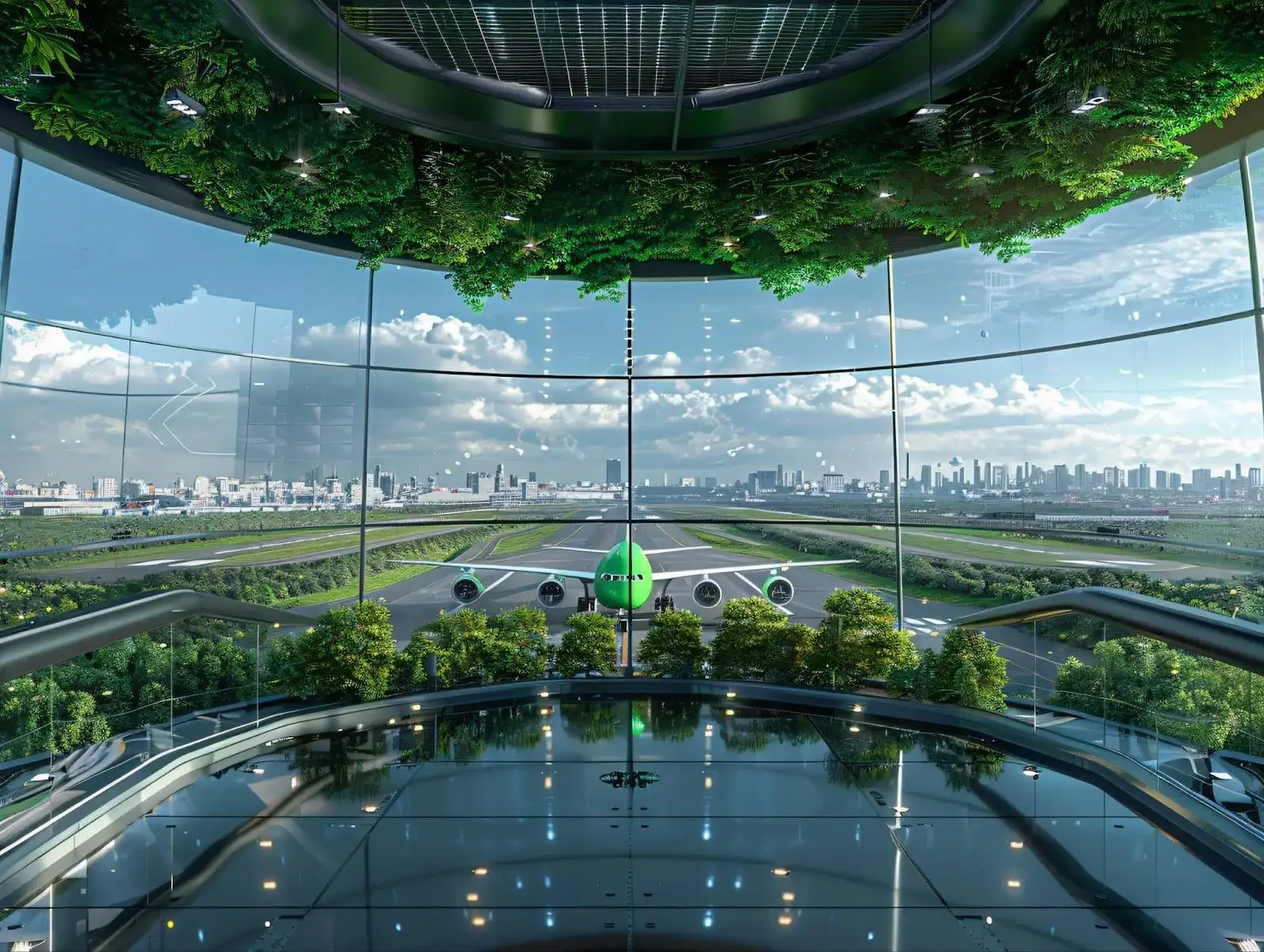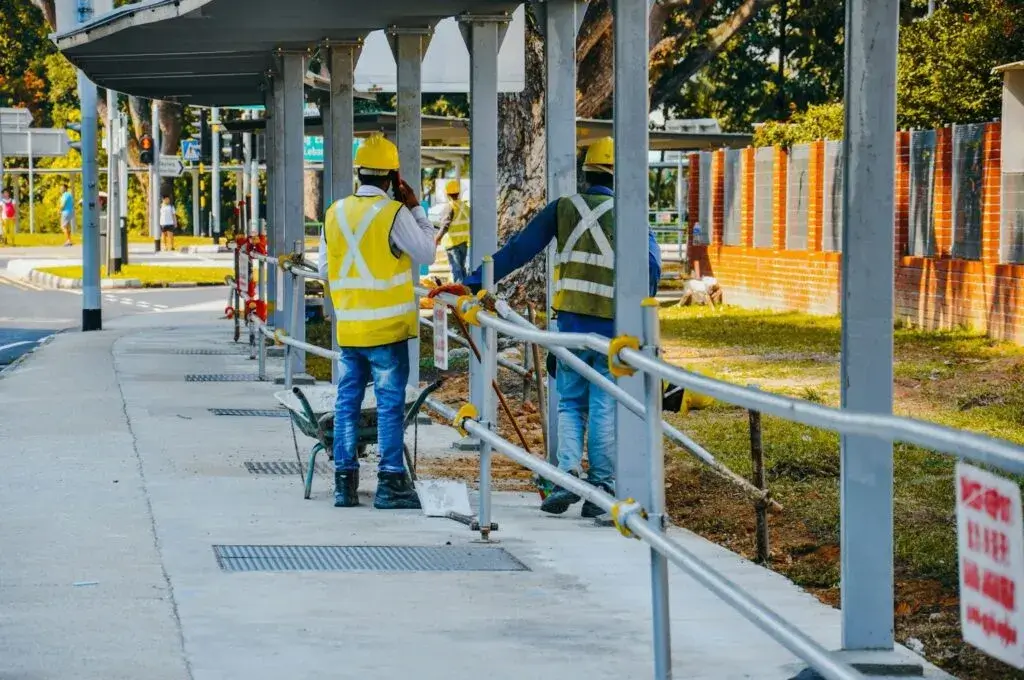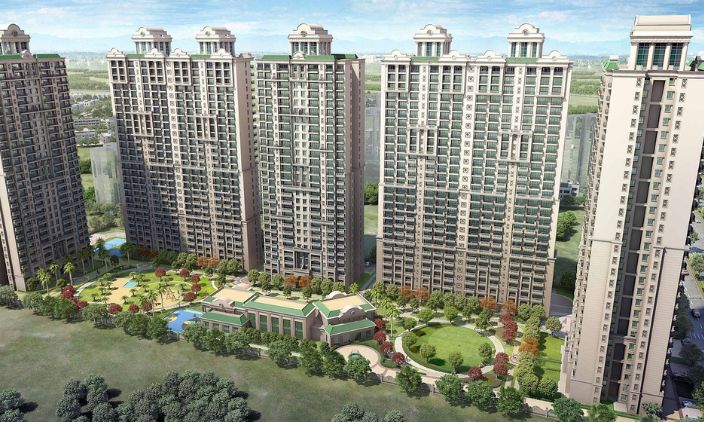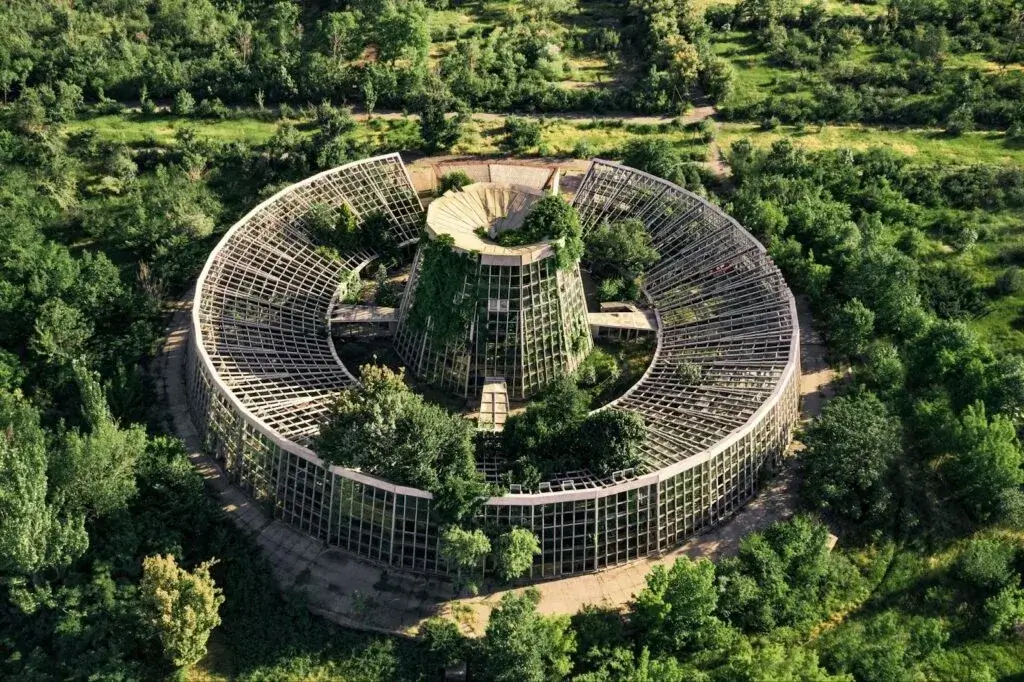
Introduction:
Picture walking into a building that breathes with nature, that is energized by the solar system and cooled by the wind. A building that feels alive, that feels responsible, and that uses great design in the full service of the health of people and planet.
This is not an imagined future; this is green architecture today. The world is grappling with climate change, urban congestion, dwindling resources, but the emergence of smart (and sustainable) architecture is creating a better world—one where innovation and nature are not in contradiction, but in collaboration.
Let’s consider what green architecture actually means, why it is important, and how it is helping transform our cities into healthier, more efficient, and aspirational places to live.
What is Green Architecture?
Green architecture primarily is a design philosophy to limit harm to the environment, and improve human comfort, and combines. Sustainable materials, for instance, recycled wood, bamboo, rammed earth or fly ash concrete.
- Prescriptive energy efficiency – this includes solar panels, passive heating and cooling, and intelligent lighting.
- Water efficiency – rainwater irrigation and greywater recycling or reuse.
- Nature integration – green roofs, integrating indoor trees, and biophilic designs.
It’s not the planting of trees outside the building, it is a systemic change in how buildings interact with the ecosystem.
Smart Technology Meets Sustainable Design:
The “smart” aspect in green architecture’s context is the technology component that is incorporated to enhance sustainability objectives. These include:
- Automated climate-controlled systems can allow heating, cooling, and lighting to be adjusted for spaces occupied and outdoor conditions, while reducing energy loss.
- Smart glass can reduce glare and heat gain while offering natural light, as it can adapt to sunlight.
- IoT sensors can measure humidity, CO2 levels, and temperature to provide healthy environments indoors.
- Energy management using AI for buildings can predict usage and reduce peak load demand.
Smart technology allows for sustainable design to be represented in buildings that learn and adapt to end user needs, while nurturing the planet.
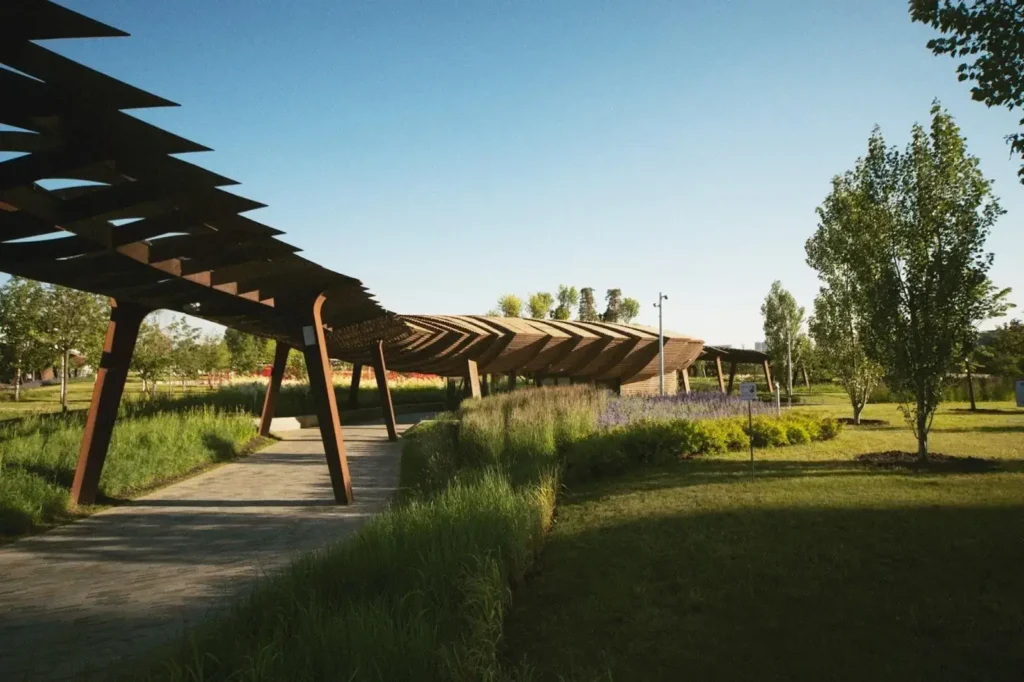
The Benefits of Green Architecture:
- Decreased Impact on the Environment
Built structures represent 40% of worldwide energy usage. Green design, in particular, significantly decreases energy consumption, as opposed to conventional building, through passive design and renewable energy. Also, by creating buildings from recycled and local materials, the carbon footprint for construction is less.
- Healthier Environments
Natural daylight and access to fresh air combined with decreased toxic materials produces healthier environments that create happier individuals. Evidence suggests biophilic designs reduce stress, create higher productivity, and improve overall wellbeing.
- Long-Term Monetary Savings
While the initial construction cost may be slightly higher, green buildings offer more money savings during operation lifetime costs through energy and building maintenance costs, income tax systems, and market values.
- Sustainable Infrastructure Help build more Resilient Communities
From roofs of urban farms, green corridors, permeable pavements, sustainable architecture helps promote sustainable communities and reduce Urban Heat Effects, and provide stormwater management.
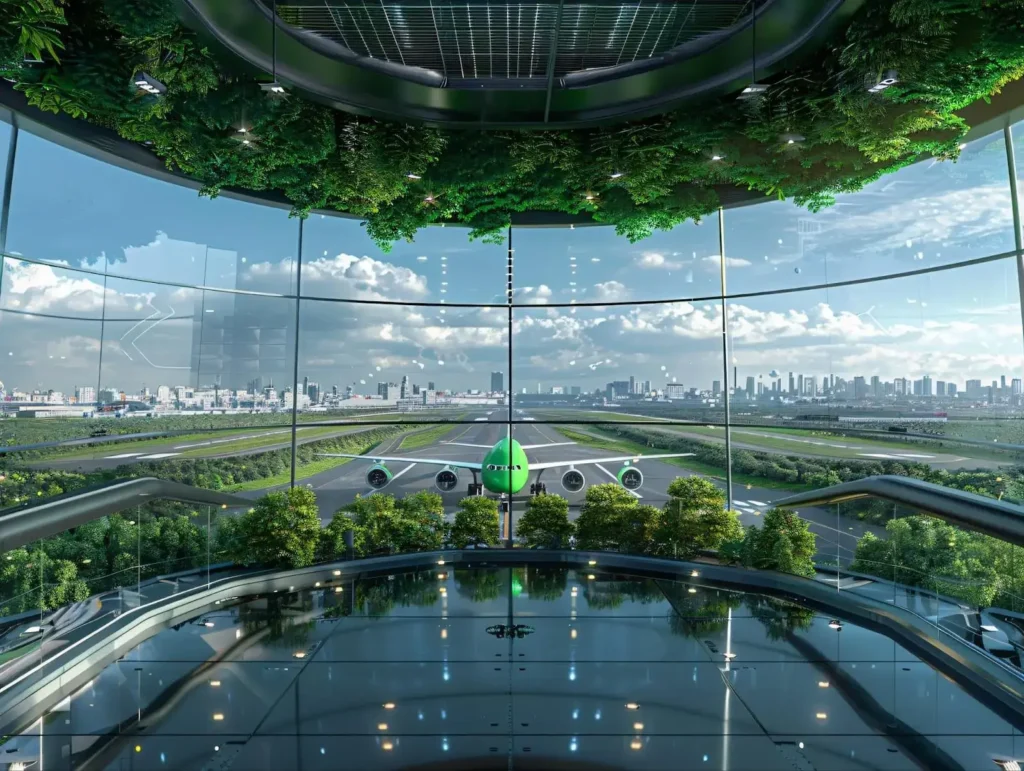
Global Icons of Smart & Sustainable Architecture:
- The Edge, Amsterdam- Touted as “the smartest building in the world,” The Edge utilizes IoT technology to optimize its lighting, heating, and even employee workflows, achieving the highest sustainability score ever achieved under BREEAM.
- Bosco Verticale, Milan- This “Vertical Forest” consists of two towers with over 900 trees and 20,000 plants, providing a CO₂ sink to improve air quality and offer a microclimate that cools the urban area around it.
- One Central Park, Sydney- Merging sustainability with lush urban living and comforts, this residential complex embodies hanging gardens, cantilevered heliostat mirrors, and greywater recycling.
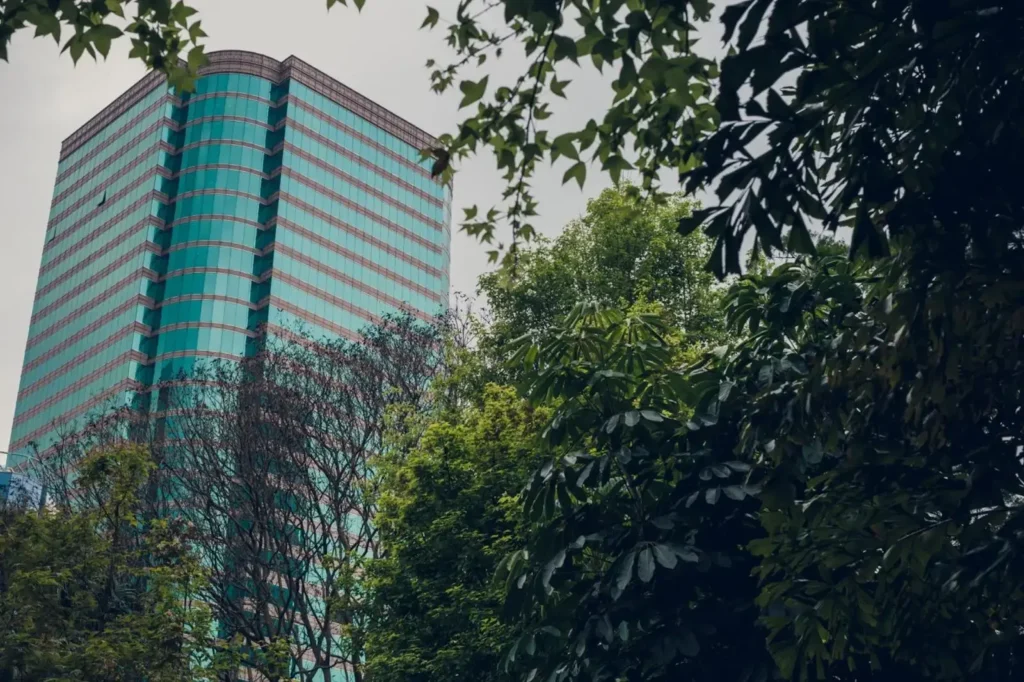
Principles to Incorporate Green Architecture in Daily Builds
Small-scale projects or renovations can employ sustainable or green architectural principles:
- Passive design: Design windows to allow natural cross ventilation and good source of natural daylight.
- Insulation: Use environmentally-friendly insulation to reduce heat/cooling loads.
- Renewable energy: Use solar panels where possible.
- Water: Use low-flow appliances, dual flush toilets and rainwater tanks.
- Green materials: Use certified timber and bamboo or recycled products.
- Roof gardens: Even a small roof top herb garden improves thermal performance and biodiversity.
The Future of Green Architecture:
In response to increasing urban populations and urgent climate agendas, green building will be a necessity rather than an option; the future we will build will contain:
- Net-positive buildings that generate energy in excess of their demand.
- Materials that sequester carbon (Bio-Concretes that capture CO₂, etc.)
- AI-connected neighbourhoods, where the buildings themselves were talking to one another, so they could collectively optimise resource-sharing.
- Resilient designs that protect people from extreme weather events and demonstrate consideration for rethinking climate realities.
A future of “buildings” will be defined by the co-mingling of architecture, technology and sustainability, and people will demand buildings that engage, nourish and heal the environment.
Conclusion:
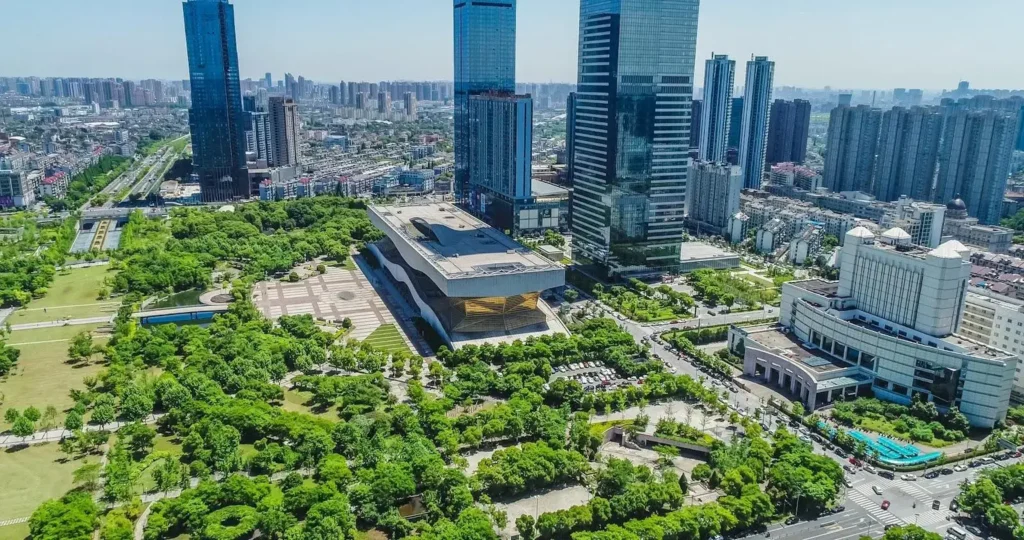
In a world searching for answers to climate change, urban health, and sustainability, green architecture provides hope stuffed into a box made of brick, steel, glass, and greenery. It reminds us that we, as a species, have the ingenuity to construct places that are not simply shelters, but allies of our natural ecosystems.
As designers, homeowners, decision-makers and humans, we are investing in a cleaner, healthier, and more beautiful future each time we embrace smart and sustainable design today. For in the end, architecture is not about what we create, but what we leave behind.
